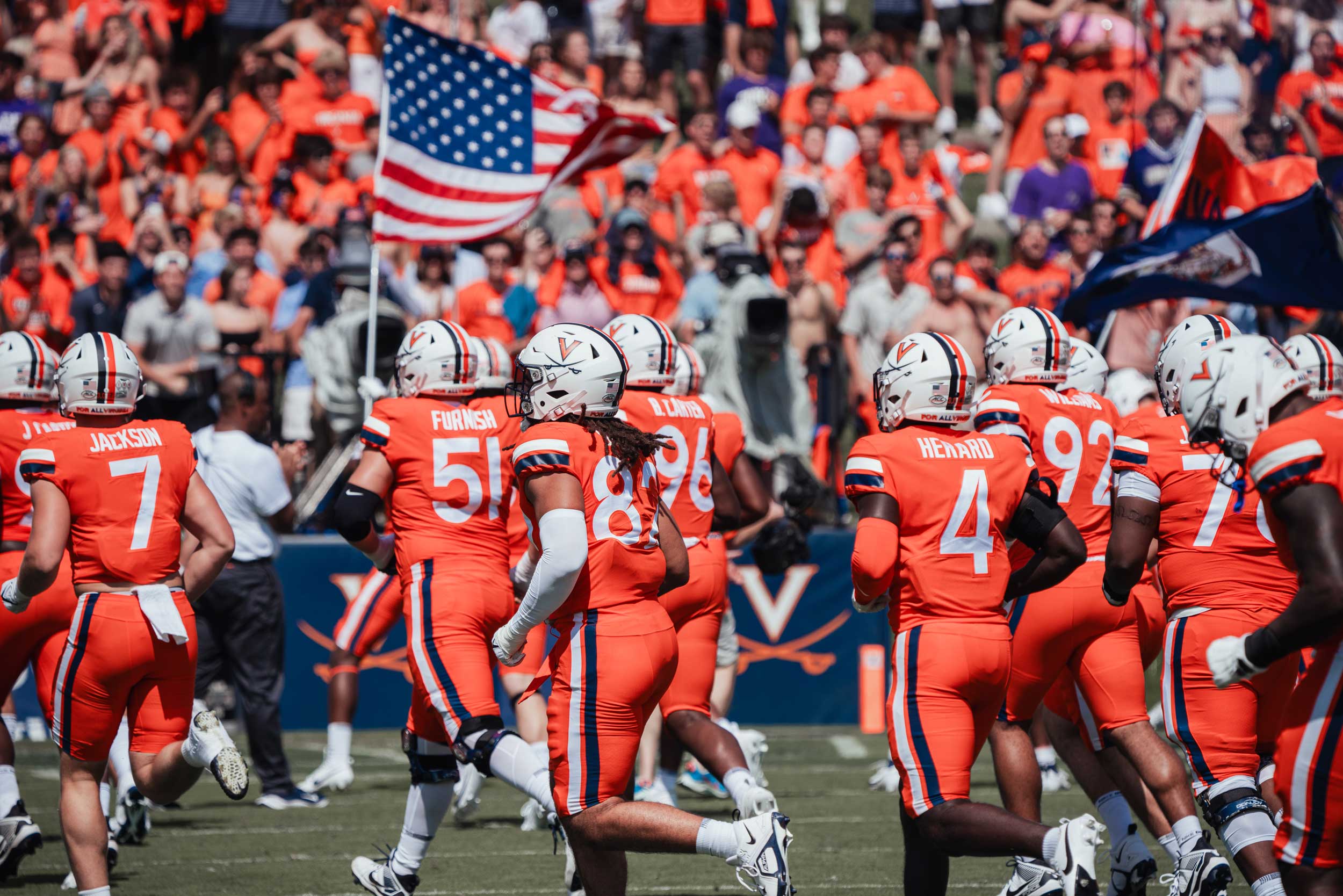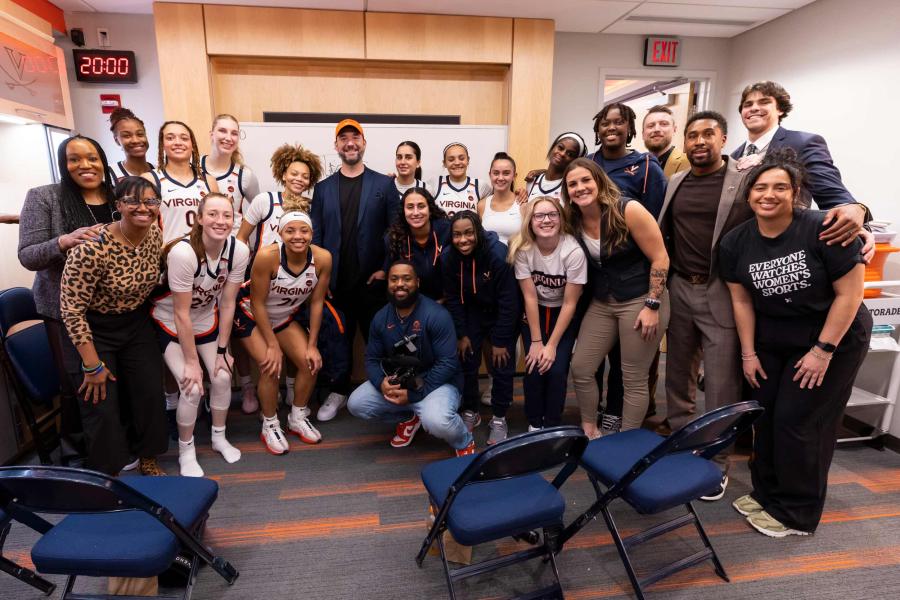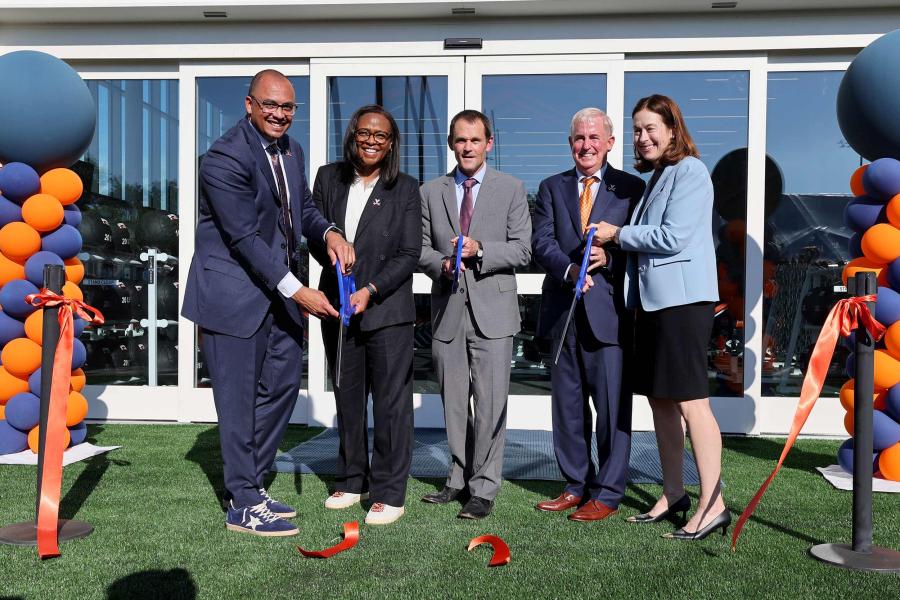The holiday season was good to the University of Virginia football program.
After receiving a multimillion dollar donation from an anonymous donor on Dec. 5 – with its intention to help the Cavaliers “attract, develop and retain top talent” – another anonymous gift was announced two weeks later. This commitment created an opportunity to match every dollar contributed to the program – through the Football Enhancement Fund – up to $3 million, a campaign that remains open until Aug. 30.
It’s a new era of college athletics, where student-athletes can profit from their name, image and likeness, a dynamic playing a key role in each program’s talent acquisition. The House vs. NCAA lawsuit settlement, pending final approval in April, could further reshape the landscape, allowing institutions to share revenue with student-athletes.
UVA Today caught up with Kevin Miller, the executive director of the Virginia Athletics Foundation, for background on the transformational gifts, how they’ve already helped the football program and why you might consider your own contribution.
Q. When the first donation was announced, the donor said they were “optimistic that this commitment will be a catalyst for increased support.” What went into securing the second donation and why is it geared toward mainly improving the team’s nutrition resources, in addition to travel and recruiting costs?
A. The second gift was inspired by the first one. The donor was asking what football needed – “What is lacking? What problems can I help solve?”
We talked about how we’ve got this brand-new kitchen in the Hardie Football Operations Center, and we're not fully utilizing its functionalities. We’re using the dining area, but we’re not using the kitchen because we didn’t have the resources to staff that kitchen or to properly source the food.
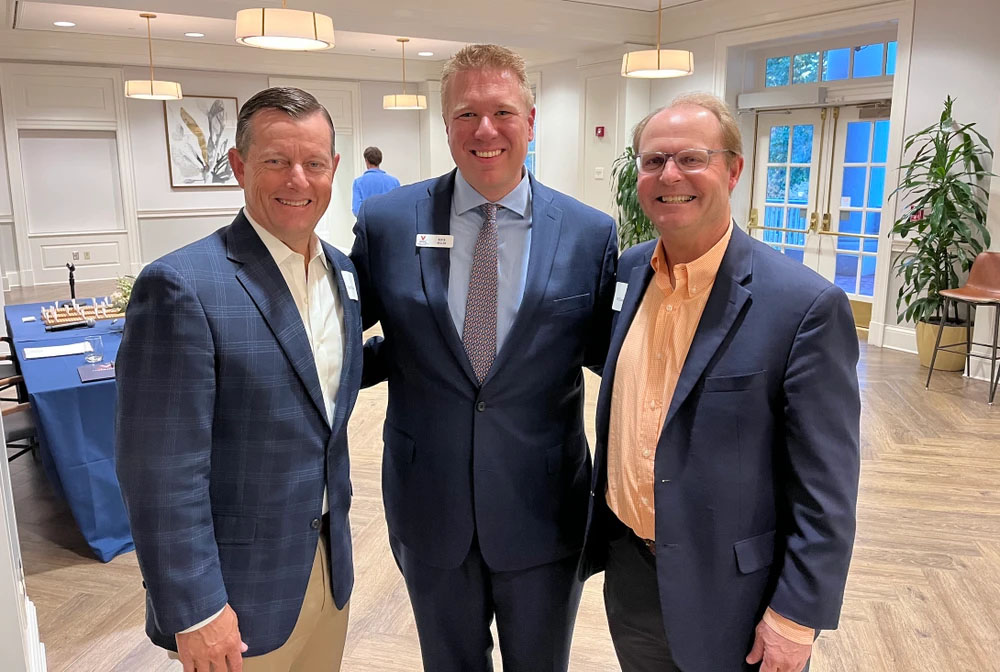
Virginia Athletics Foundation Executive Director Kevin Miller, center, is helping lead the Cavaliers during this new era of college athletics. Miller arrived at UVA in the fall of 2023 after six years as a senior administrator at the University of Georgia. (UVA Athletics photo)
Strength, conditioning and nutrition are paramount to our success, and we found that we weren’t fueling our student-athletes properly or in a way that was on par with our competitors. We recognize that we have to improve in this area to prepare the team for success on Saturdays.
Sharing this story with the donor is really what led us down this path to get us to where we are now. And the donor didn’t want to just be doing this on their own. They wanted to inspire others to follow their lead.
Q. What’s been the early response to the match campaign?
A. We’ve had some people making gifts of $100, $500 and $1,000 here and there. We’ve had a few who have made commitments of $25,000 and $50,000. Now that the holidays are over, we’re about to hit the ground running here in 2025 and leverage this throughout the calendar year.
We look forward to providing updates on our progress throughout the year in order to keep the momentum going.
Q. UVA has added more than a dozen players through the transfer portal since it opened Dec. 9. How have these donations helped recruiting efforts?
A. Our coaches are using it to their benefit in their recruiting conversations. They’re pointing to this and showing these recruits, “Virginia is committed, we’re all in, and we’re invested in your success, not only in the NIL space, but also, we want to make sure you have a positive student-athlete experience while you’re here. And we’re investing in this nutrition space, because we realize how important this is.”
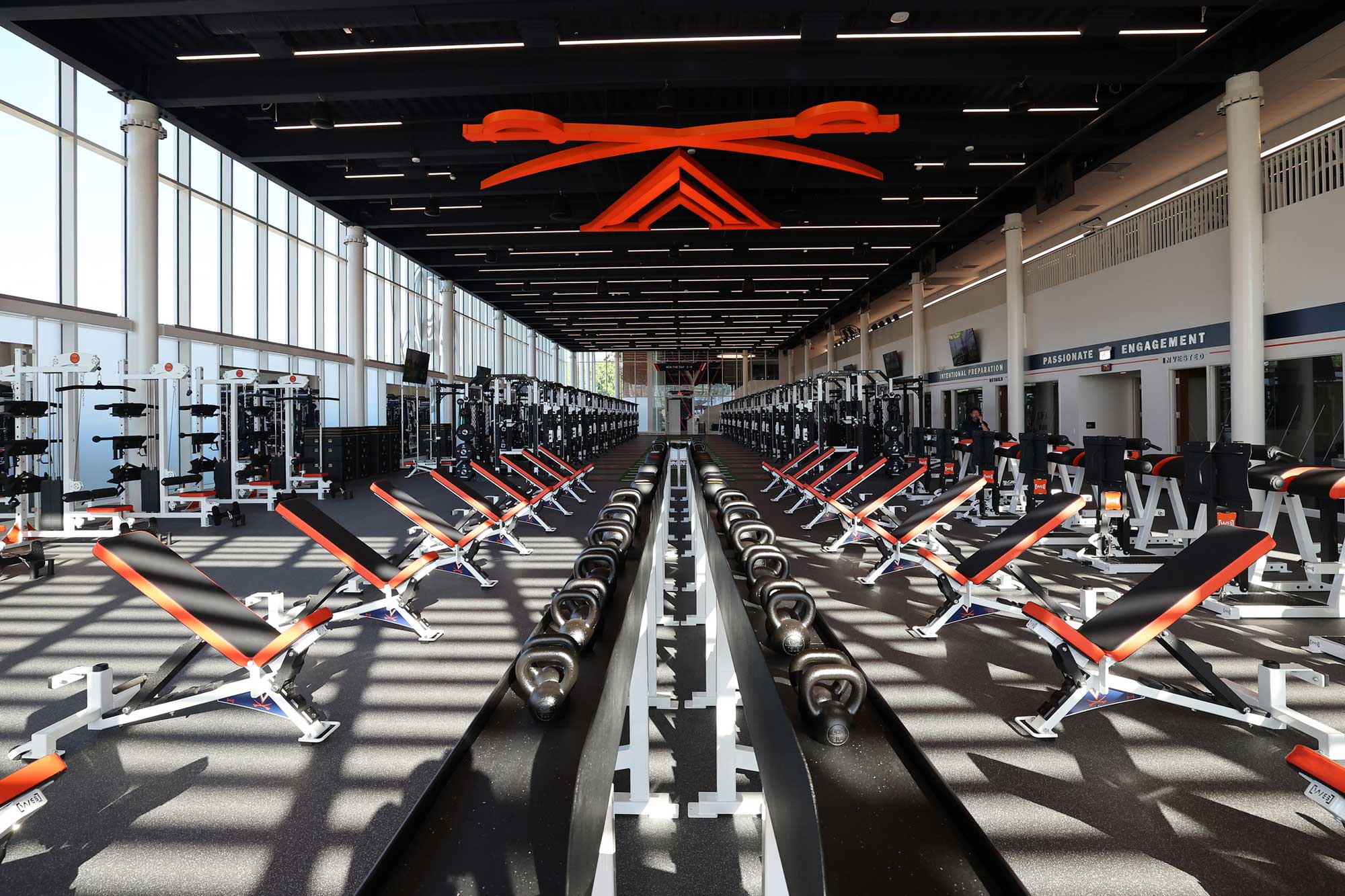
The opening of the $80 million Hardie Football Operations Center is a “huge step in the right direction” for UVA football, Miller says. That momentum has continued recently with two substantial donations. (Photo by Matt Riley, University Communications)
We opened the Hardie Center this past June, which is a huge step in the right direction, to have an infrastructure for our recruits and players to call home. We built the new football videoboard and new sound system this past year. Now, we’ve got these commitments in place to have more resources from an NIL standpoint, to have more resources from a nutrition standpoint. So, we’re trying to put an infrastructure in place that will enable future success.
We can’t have investments and expectations in different places. We’ve got to bring that investment up if we want to compete for championships. We’re fortunate to have some people who have stepped up to recognize that need and want to put the resources in place to allow us to do so.
Q. What is your message to supporters of the University who may be on the fence about contributing directly to an athletic program?
A. I think athletics is the most visible aspect of the institution. How do we want our institution, that we all care about so much, to be depicted on national television? Football games are bringing a great amount of awareness and attention to the institution.
You think about the Olympics this summer, and the swimmers and all the great notice that they brought to the institution as a whole. … The more successful athletics is, the more successful UVA is going to be.
